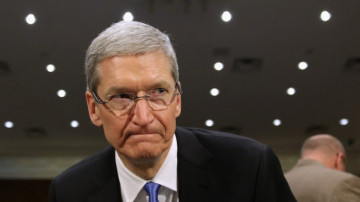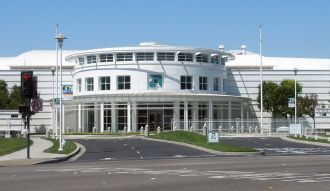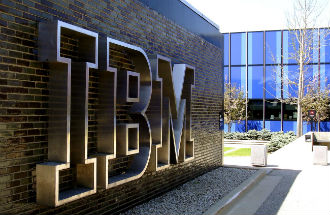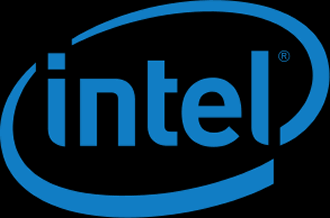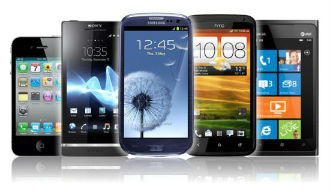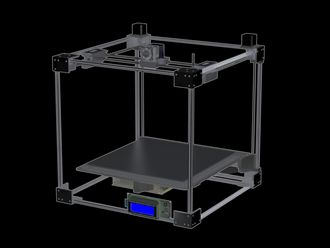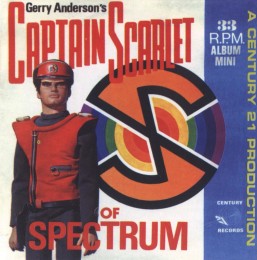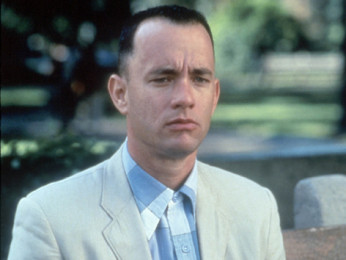 AMD has hired a former Dell senior executive to lead the chipmaker’s push into microservers.
AMD has hired a former Dell senior executive to lead the chipmaker’s push into microservers.
AMD said that Forrest Norrod will be senior vice president and general manager of AMD’s enterprise, embedded and semi-custom business group and report to Chief Executive Lisa Su.
Norrod, 49, ran Dell’s server business and joins AMD as the company develops chips for new low-power servers that might challenge heavyweight Intel in cutting-edge data centres.
AMD has been expanding into new markets including low-power “microservers” and game consoles, but progress has been slow.
Earlier this month, Su took over as CEO, replacing Rory Read. Norrod fills Su’s previous position, which she had held temporarily since July.
Following Su’s appointment as CEO, AMD announced on Oct. 16 it was cutting 7 percent of its workforce to reduce costs.
Dell was the man behind the creation of Dell’s first internal startup focused on the hyper-scale datacentre market as the vice president and general manager, Data Center Solutions (DCS). He held several engineering leadership roles previously at Dell, starting as CTO of Client Products before leading Enterprise Engineering and ultimately having responsibility for all of Dell’s global engineering teams.
Prior to Dell, he ran the integrated x86 CPU business at Cyrix and National Semiconductor.



